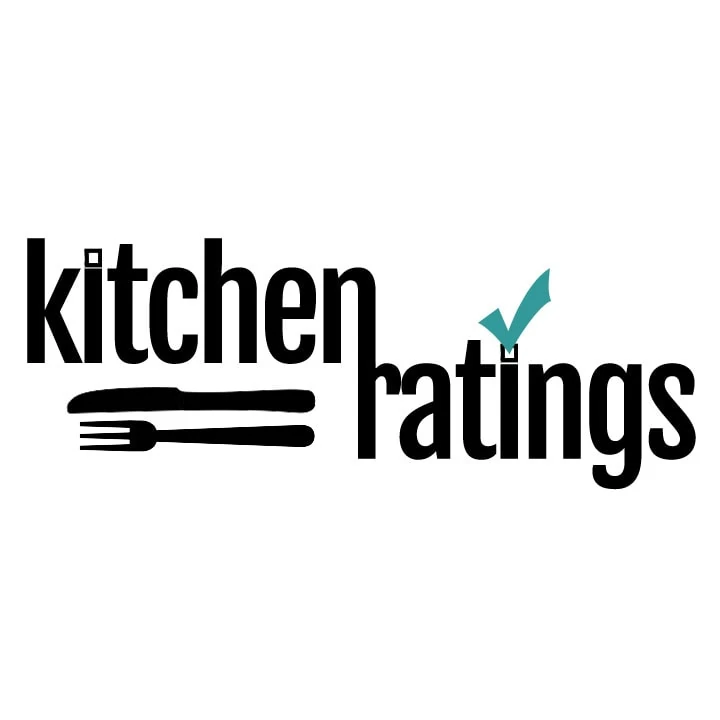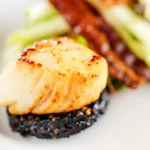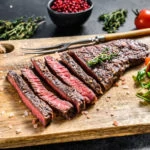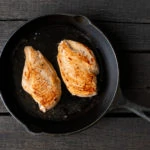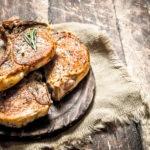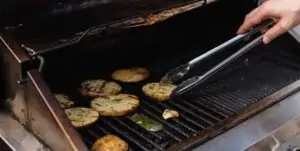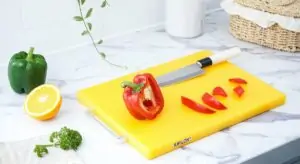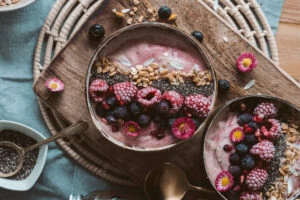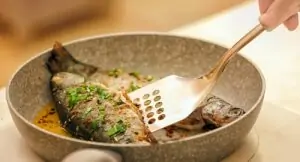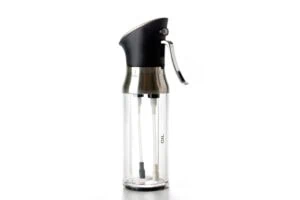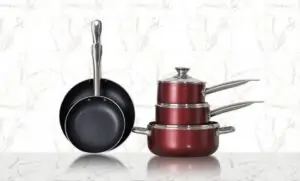John McPhee authored Oranges, a book that grew from the cups of juice he sipped along his commute, and the world’s craving for more juice. I’ve discovered fresh-squeezed orange juice that’s squeezed into plastic cups from little carts that dot my Andes pueblo, and I’ve noticed with McPhee that fresh-squeezed orange juice changes in color and taste at different times of the year, and how much juice is in one orange fluctuates too — but many don’t know it, because the fresh orange seems to be going out of style. Here’s how much juice is in one orange, and what I’ve learned from McPhee about this golden fruit.
How Much Juice Is in One Orange
The amount of juice in one orange depends on the variety of orange and where it’s grown, but you’ll need around sixteen oranges for two glasses of juice.
Which Orange Variety Makes the Best Freshly Squeezed Orange Juice
Despite our love for navel oranges, the Valencia orange is one of the juiciest and sweetest oranges for making freshly squeezed orange juice, plus, it’s the most-planted (McPhee, p. 13) variety almost everywhere oranges are grown (except in Valencia, where navel oranges rule and blood orange juice runs free) — so it’s easy to come by.
Oranges are finicky. Depending on the variety, where that variety is grown, and on which side of the tree, oranges can be heavy with juice and taste flavorless, light-weight and packed with sugar, or in between.
Oranges that grow on the outside of the tree are sweeter, have more juice, and are higher in vitamin C than the ones that grow near the tree trunk. The same goes for oranges that grow on the south-facing side versus the north side of the tree (McPhee, p. 8).
Orange men, as the orange pickers are called, taste oranges from the blossom end and don’t bother with the other half of the orange. The orange’s sugars are more concentrated near the blossom.
California Oranges Versus Florida Oranges
Climate affects the orange’s flavor and juiciness. Florida oranges, no matter the variety, are usually super juice-heavy and wrapped tightly in a thin peel. Any California orange variety is known for its light weight and sweet taste.
In Florida, oranges grow big and juicy because the rains fill them up, and in California, oranges conserve their water, and their sugars concentrate under the arid climate.
How to Make Fresh Orange Juice
Making a glass of orange juice fresh at home takes less time than brewing a coffee. Use mandarin orange, blood orange, navel orange, or a mix to make this orange juice, and use a hand press or electric orange juicer.
Fresh-Squeezed Orange Juice
Equipment
- 1 Manual citrus juicer Optionally, use your hands, a fork, citrus reamer, hand juicer, hand-held manual pressure juicer, or commercial grade manual hand press juicer
- 2 Glasses
- 1 Kitchen knife
Materials
- 16 medium Valencia oranges
- 1 splash White vinegar optional
Instructions
- Wash the outsides of the oranges in warm water or vinegar diluted in warm water
- Slice each orange in half, cutting midway between the stem and blossom ends
- Squeeze one orange half at a time over a glass until you've squeezed half of your sliced-orange pile
Squeeze Oranges Using Your Hands, a Fork, or Citrus Reamer
- Over a glass or a larger pitcher first, squeeze one orange at a time in your palm, skin-side against your palm. Dig your fingers into the juicy sections to wring more juice
- Press a fork into the sections of an orange half, twisting and mashing to express as much juice into a glass as possible
- Using a citrus reamer, press the reamer point into the small space in the center of the orange half, rolling the reamer in waves from the center out, along the peel edge, keeping the orange half held on its side over a glass
Filter The Orange Juice (Optional)
- Pour each glass of fresh juice through a sieve held over another container to remove the pulp
Notes
Other Recipes for Oranges
Orange juice, and by-products like orange zest, are used in baked goods and are delicious in sauces. Use mandarin orange and orange juice in scones, use orange peel to boil a smooth, caramel-y tea, and try orange zest and orange juice or juice from another citrus fruit in glazes and Asian sauces.
Drinking Fresh Orange Juice
Orange juice is the best drunk soon after it’s pressed because when it’s exposed to the air, oxidation turns the fresh juice bitter, and the juice’s fatty constituents go rancid. Vitamin C goes down with time too.
Storing Orange Juice
Orange juice can be stored for up to 72 hours, but it’s better drunk sooner.
Bottled orange juice is easy to find in most grocery stores and it’s a good source of hydration, but bottled contains much less vitamin C than fresh orange juice.
Orange Industry and History
Several factors besides the weather affect orange prices, and the cause or affect might be the rise in the orange concentrate industry (McPhee). Fresh oranges and fresh orange juice aren’t easy to find anymore, and the cost of a bushel is up.
Freezing weather and surprisingly, thieves, can wipe out much of a crop (McPhee), then followed by higher prices for the high demand and low supply. Health trends, especially those induced by the COVID-19 pandemic, drive vitamin C-thirst up (oranges flew off the shelves during the recent pandemic). However, the largest consumer of fresh oranges isn’t mother earth, thieves, or liquid vitamin C vampires.
Fresh oranges might be running low due to our “quick and easy” lifestyles that bolster a strong orange concentrate industry. In his book Oranges, McPhee says that “people in the United States used to consume more fresh oranges than all other fresh fruits combined,” but since the World War II industrial food boom and the birth of jello salad, we cut back 75%, and oranges began their roll out of fashion.
Science makes laboratory-controlled orange juice and orange concentrate with nearly perfect and consistent flavor, acidity, and sugar levels. An orange by-product, pulp, is occasionally added dry to summertime (orange off-season) orange juice that’s made from reconstituted concentrate. The dry juice sacs give the less-than-fresh juice a fresh illusion, but neither orange concentrate nor bottled orange juice are rich sources of vitamin C — another reason to make your own orange juice from local availability or just wait for the orange season to come back around.
Are Valencia Oranges from Valencia?
Valencia oranges make up 2% of Valencia’s crops. Spain created the Valencia orange, but focuses most on blood oranges and navel oranges, leaving Valencia to Australia, North, South, and Central America.
In Florida and California, the Valencia orange is rotated seasonally with the navel orange.
McPhee, John. Oranges. Farrar, Straus and Giroux, 1967, New York.
